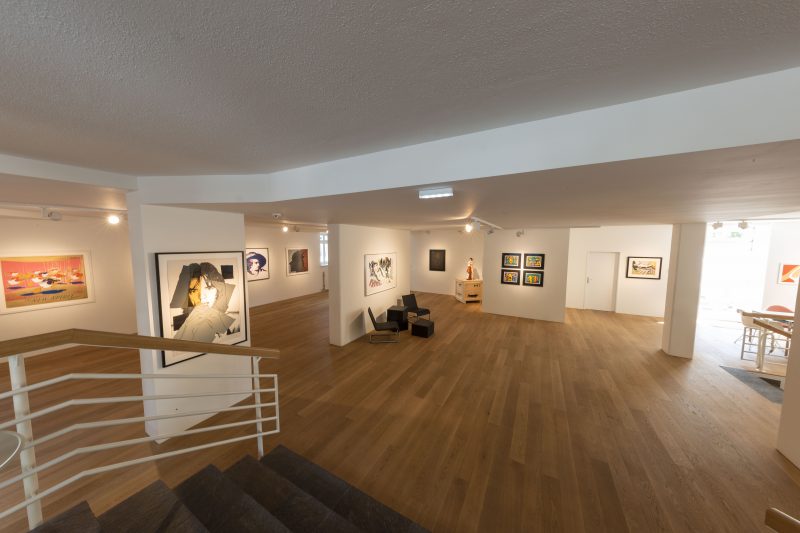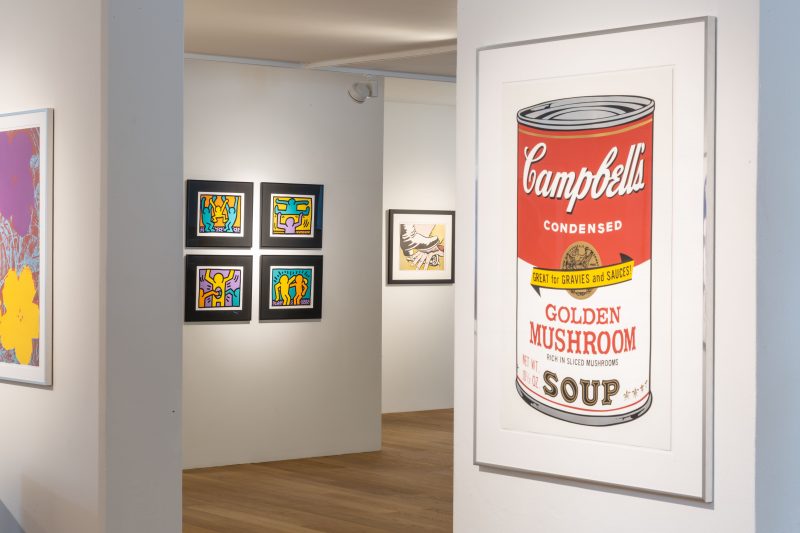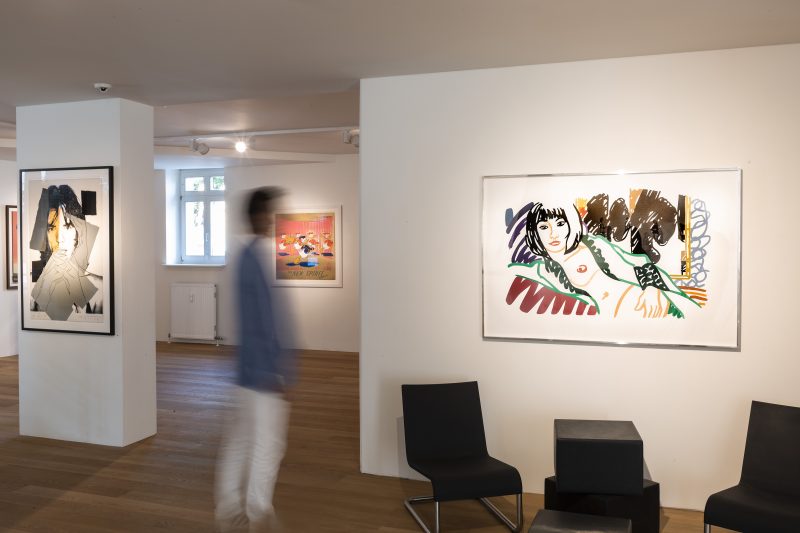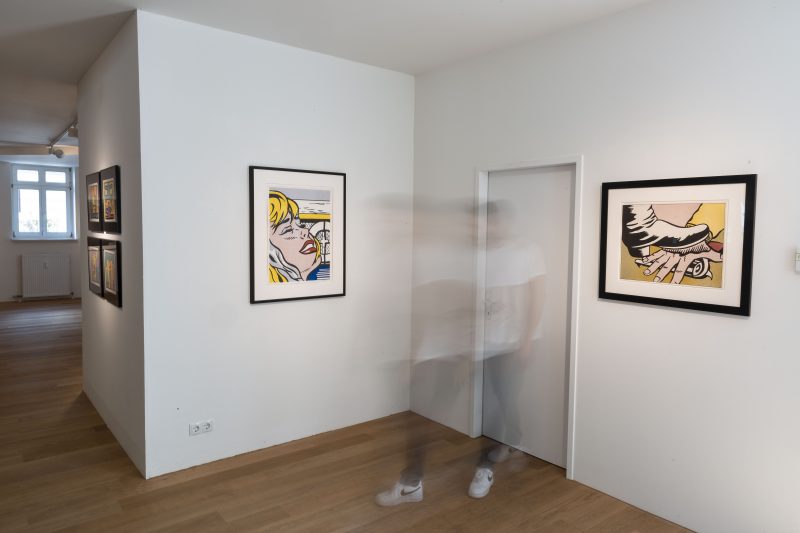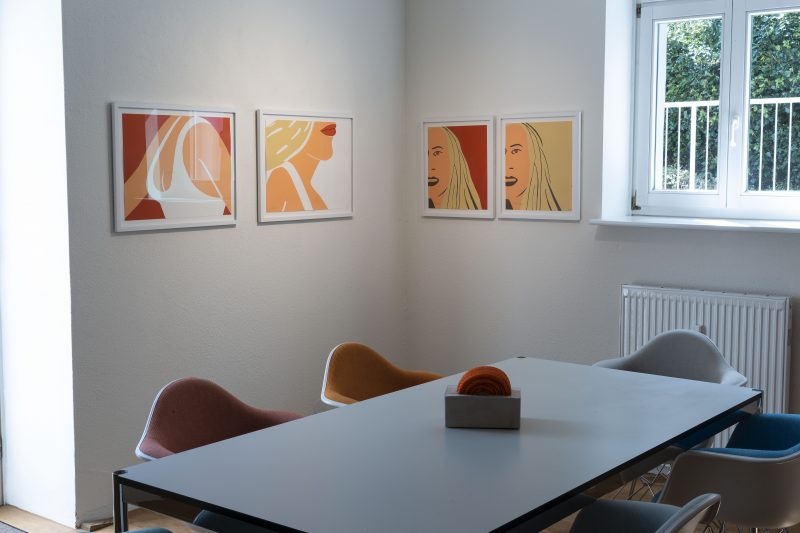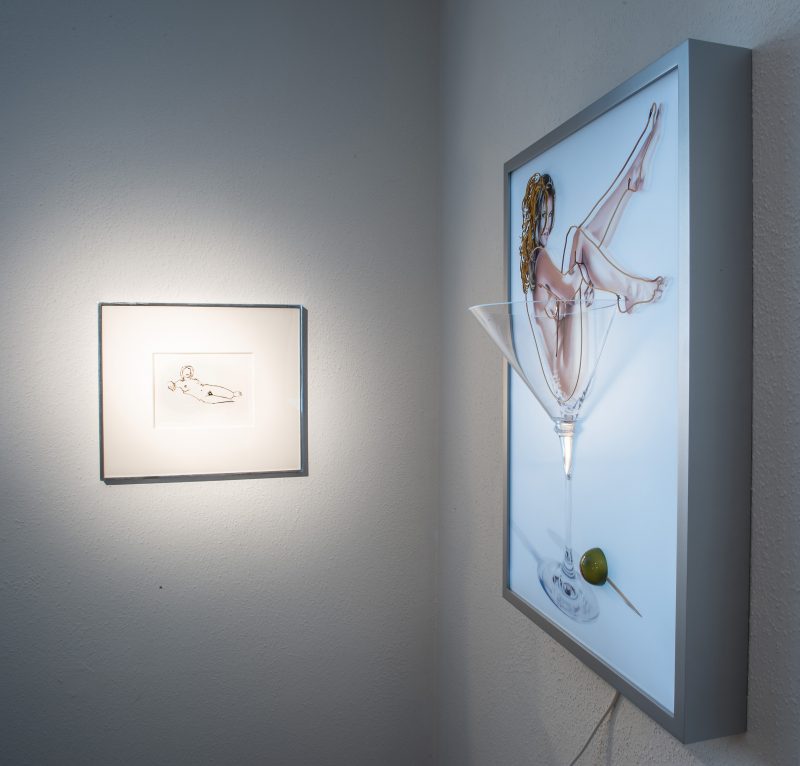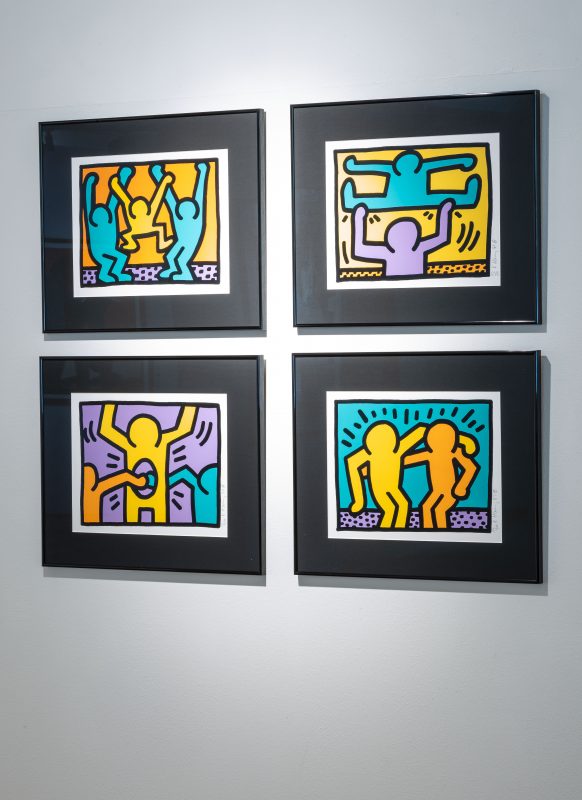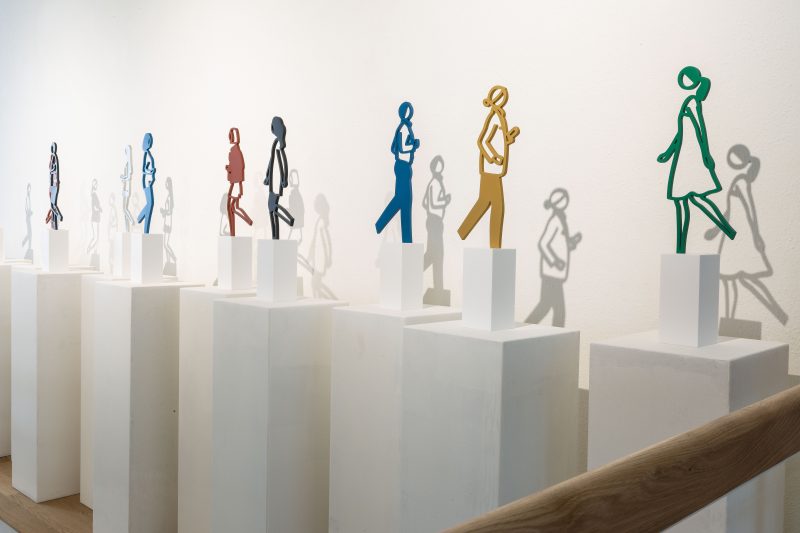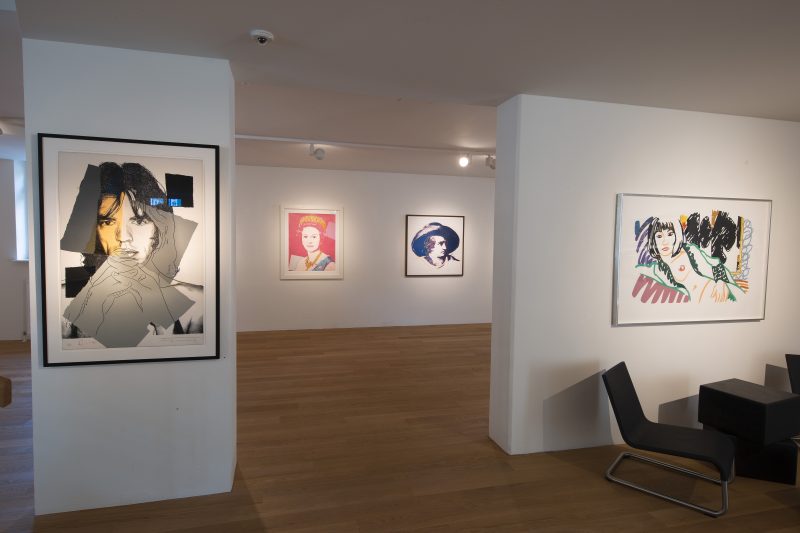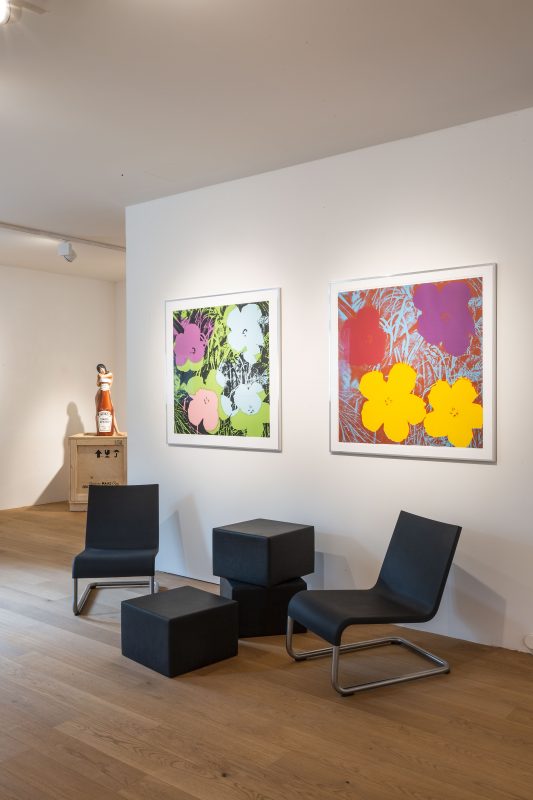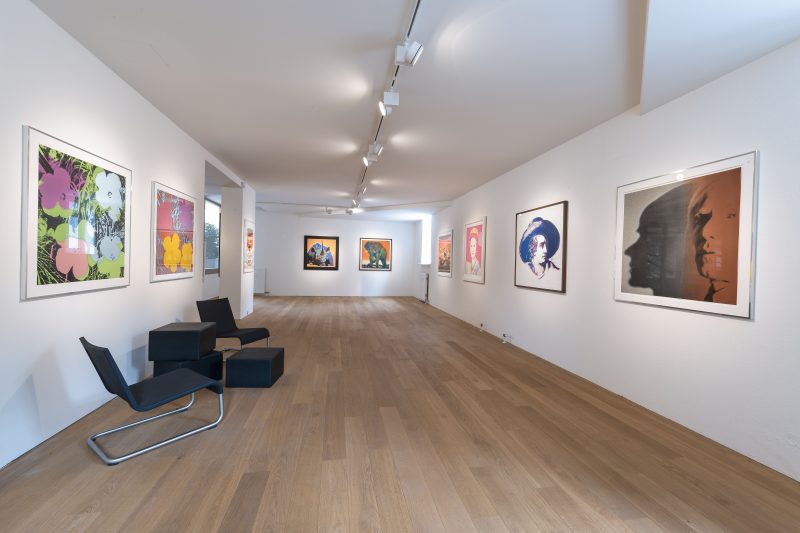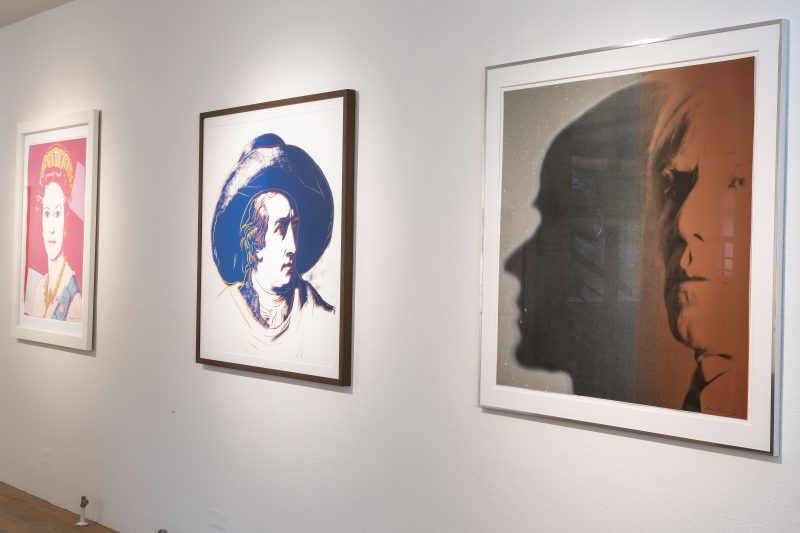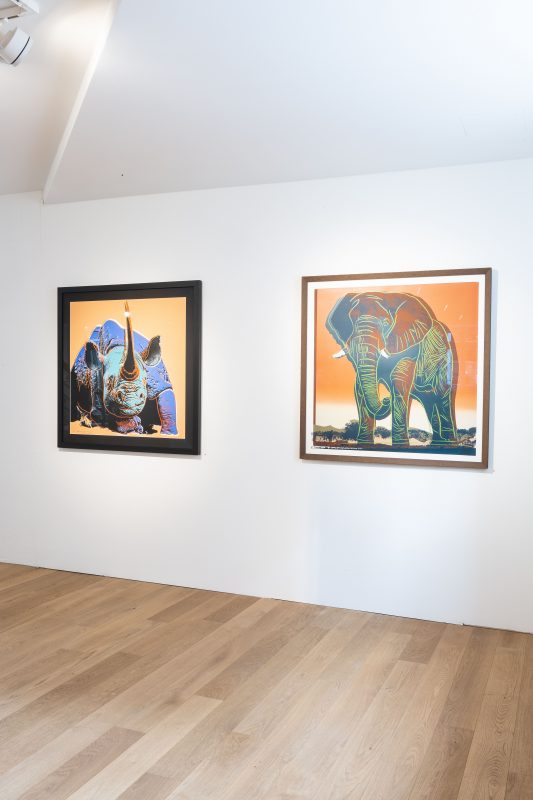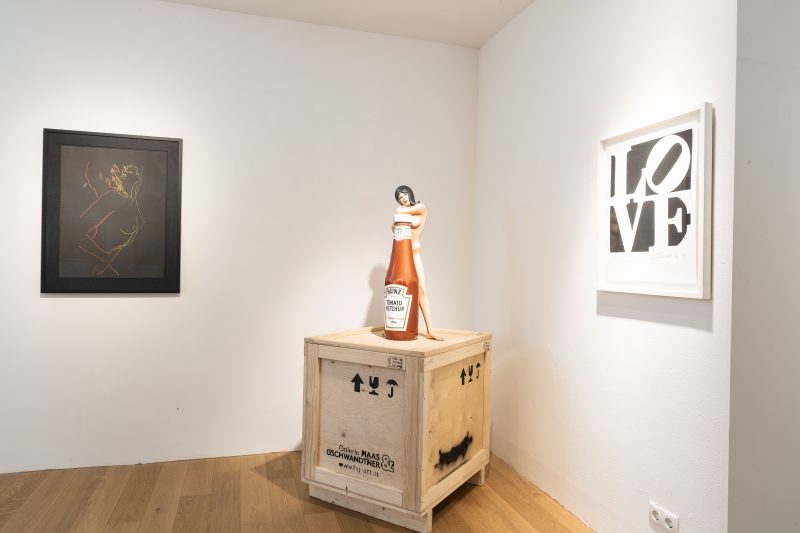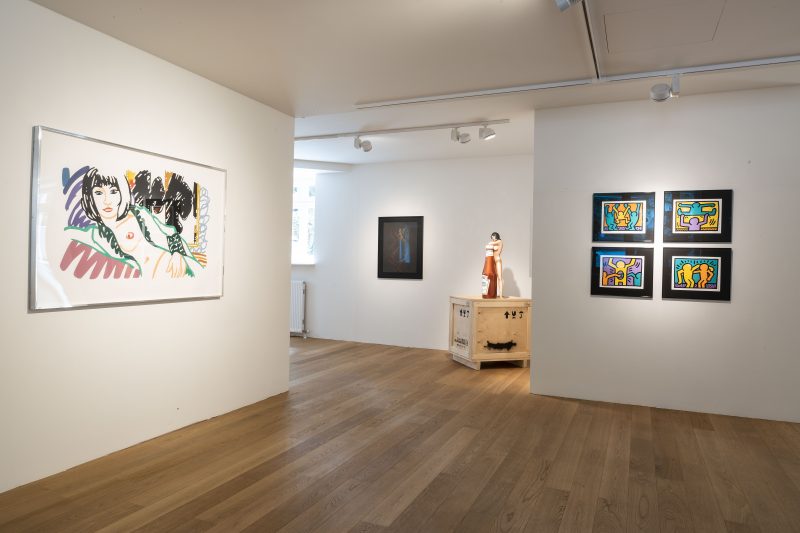Revisit! Prints, Multiples and Drawings
Titled REVISIT. PRINTS, MULTIPLES & DRAWINGS, the HAAS & GSCHWANDTNER Gallery in Salzburg is bringing together more than ten outstanding screenprints by Andy Warhol as well as 12 other works by renowned representatives of Pop Art, such as the co-founders Roy Lichtenstein or Tom Wesselmann, and internationally known contemporary artists, such as Alex Katz or Julian Opie, who also refer to the art movement.
Andy Warhol (*1931, Pittsburgh, Pennsylvania, USA – †1987, Manhattan, NYC, USA) is known to a broad public primarily for his portraits of famous contemporaries. In the Salzburg show, two screenprints stand out, among others: Queen Elizabeth II (1985) and Mick Jagger (1975).
In 1985, Warhol produced the portfolio Reining Queens. For the portrait of Elizabeth II, he used a photograph by the photographer Peter Grugeon, which was published on the occasion of the Queen’s Silver Jubilee. The portrait with diamond dust is extremely rare on the market, with an edition of only 30 copies. It is one of the most highly priced individual prints by Andy Warhol. A set of the Reining Queens is owned by the Royal Collection Trust of the Royal Family.
Another extraordinary portrait is that of Mick Jagger (*1943, Dartford, Kent, GB). The front man of the British rock group The Rolling Stones signed this personally. Warhol used a total of ten different portrait photos of Jagger to depict different angles and perspectives. Both artists left their mark on various scenes in New York at the time, and Jagger was a regular at the Factory. Warhol managed to capture the zeitgeist of the 1970s in the portrait of the rock star and thus achieved rarity value for this work.
Contemporary British artist Julian Opie (*1958, London, GB) is known for his style of transforming elements from pop art, graphic art and minimalism into his very own artistic language. The sculpture group Running People (2020) shows outlines of figures represented by thick and colourful lines. Opie’s figures hurry through the streets, figuratively speaking, they are business people, joggers or people hurrying to their appointments. They represent densely packed crowds of people that have completely disappeared from our everyday perception in the past year. Opie reduces facial expressions and bodies to outlines, but never loses the characteristic features of the figures. He describes his latest series of sculptures himself: “A moving figure suggests life and power and purpose. The person is not posed for, or even aware of the viewer. In profile the striding human body is dynamic and you can feel your own body respond.”
The coloured woodcuts Ariel 4 and Ariel 5 (both 2021) show a woman’s face. Depicted in different shades of orange, frontally, cropped to one third and with highly reduced facial features, it depicts Ariel Veith, model and muse of the internationally renowned art star Alex Katz (*1927, Brooklyn, New York, USA). Sharp lines and rich colours characterise the series. Katz was educated at the Cooper Union in Manhattan, NY, USA, a renowned art college, and in the course of his career developed a strongly stylised aesthetic that responded to art movements such as Pop Art, but also Abstract Realism. He is also considered a pioneer of Pop Art in the USA.
Works by Roy Lichtenstein (*1923, Manhattan, New York, USA – †1997, ibidem), one of the most famous representatives of Pop Art, are also part of the exhibition. Lichtenstein’s Shipboard Girl dates from 1964 and was one of the first print works he realised, many more were to follow. Shipboard Girl remains exemplary for his oeuvre: in his own and unmistakable visual language, he adopts the grid dots used in comics, black outlines, strong colours and immaculate faces.
Another highlight of the show is the complete set Pop Shop I by Keith Haring (*1958, Reading, Pennsylvania, USA – †1990, New York, USA) from 1987. All four sheets are signed and numbered on the front. The special feature is the integrity of the individual sheets, which were certainly not presented pinned directly to the wall in Haring’s Pop Shop in New York. Behind the strong colouring and the simple structures of the pictogram-like figures are strong symbolism and socially critical commentary.
About Mel Ramos (*1935, Sacramento, California, USA – †2018, Oakland, California, USA), London-based art historian Alexandra Steinacker writes: “Mel Ramos’ work Hunt for the Best (Gold) (2013) in which a nude woman is painted seductively wrapping herself around an enlarged condiment bottle in his signature Pop Art style – eye-catching indeed!”. In addition, the sculpture Heidi Heinz (2008), the three-dimensional and relief Lightbox Martini Miss #1 (2013) and a rare oil painting (Tucher Tess, 2013) will be on display.
Trained at the Hochschule für Bildende Künste Braunschweig, Germany, and as an assistant to the surrealist Salvador Dalí, Heiner Meyer (*1958, Bielefeld, DE) is a master of his craft, demonstrating to us in every single painting his skilful use of local and tonal colour, brushwork and lighting effects. With much irony and social criticism, he also addresses the question of the iconisation of public figures and luxury goods. Penélope Cruz, a Porsche 911 or high heels are shown by Meyer in his hyperrealistic-surrealistic pictorial worlds, thus questioning the immense influence of the advertising industry on our collective image memory and consumer behaviour.
The American artist Tom Wesselmann (*1931, Cincinnati, Ohio, USA – †2004, New York, USA) is considered a co-founder of Pop Art. With his nudes at the beginning of the 1960s, the painter, who studied at the Cooper Union (New York, USA) and had previously graduated as a psychologist, achieved initial fame. His works pick up on the visual language of American advertising. In later years, he often depicted individual body parts, such as female lips smoking cigarettes, and emphasized in many interviews that he only shows self-confident women who are positive about their bodies. In his work, it was always important for him to support the sexual revolution of the 1960s and female empowerment.
The concept of this year’s summer exhibition REVISIT was born at a time when gallery visits were not possible due to official bans on entering in connection with the COVID-19 pandemic. REVISIT stands for the re-emerging joy of travelling, the freedom to enjoy art again without restrictions. Christian Gschwandtner and Christoph Haas see the exhibition as an invitation to the art-loving public and all friends of the gallery and would like to offer the opportunity to experience selected works from the secondary market as an independent line of business and as part of the gallery programme.
Christian Gschwandtner & Martina Pohn, July 2021

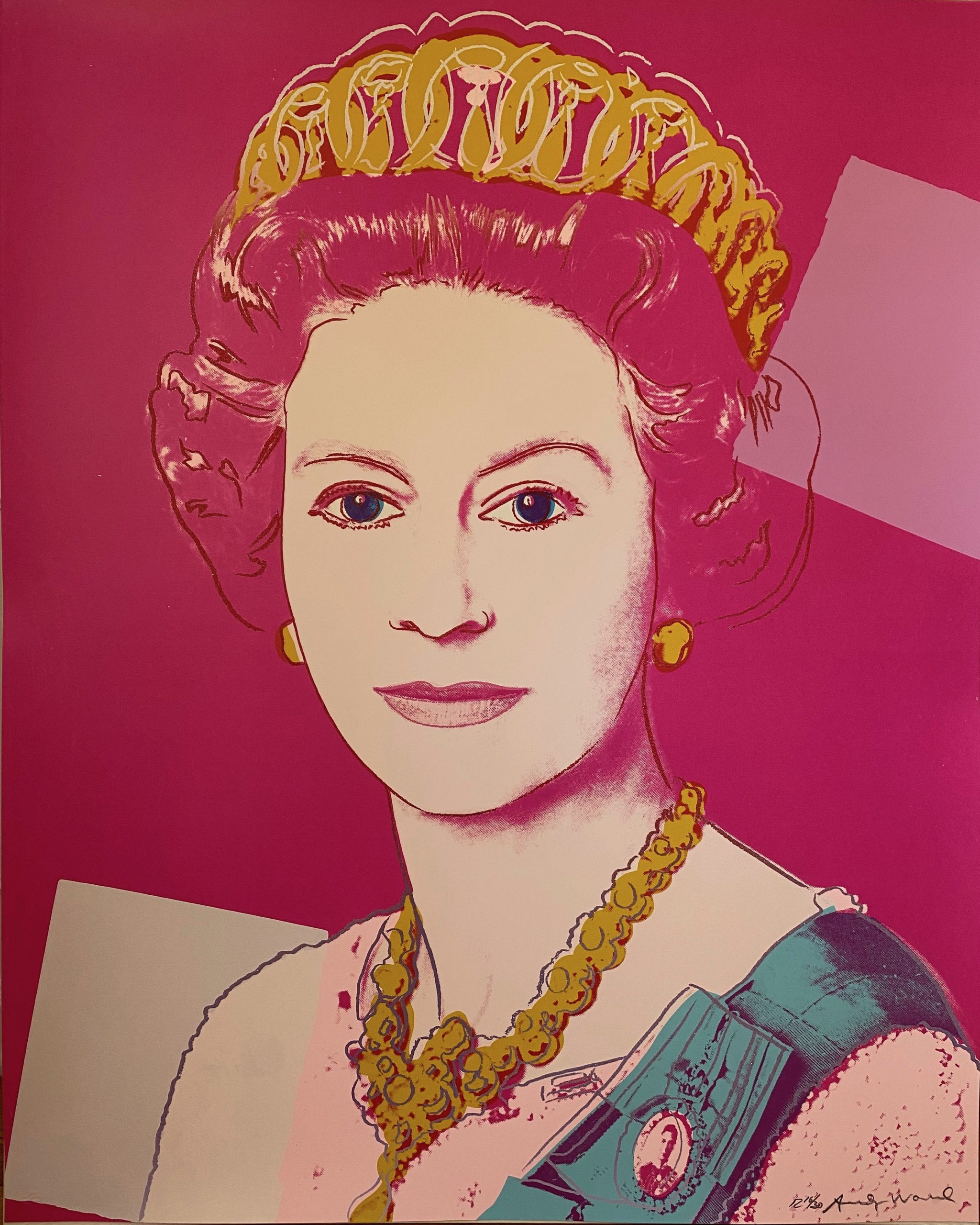
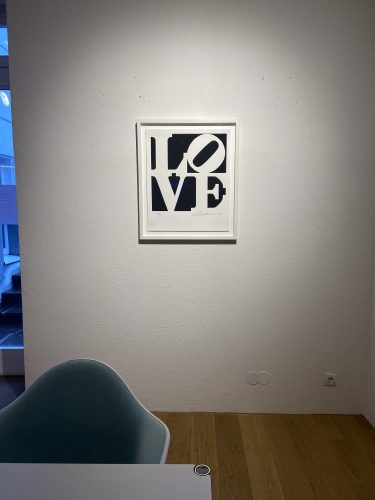 Robert Indiana: Love »
Robert Indiana: Love »
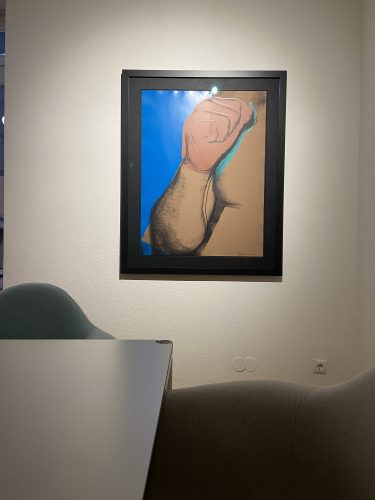 Andy Warhol: Muhammad Ali »
Andy Warhol: Muhammad Ali »
 Julian Opie: Running People »
Julian Opie: Running People »
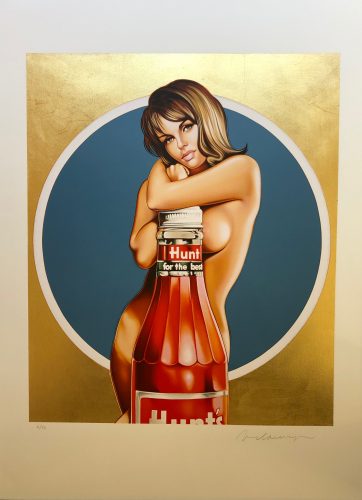 Mel Ramos: Hunt for the Best (gold) »
Mel Ramos: Hunt for the Best (gold) »
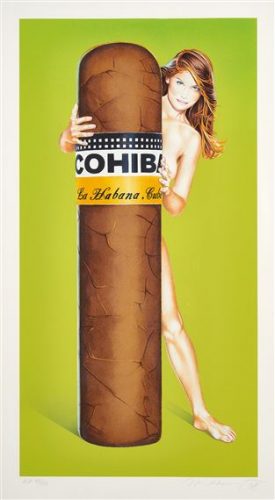 Mel Ramos: Hav-a-Havana #2 »
Mel Ramos: Hav-a-Havana #2 »
 Mel Ramos: Hav-a-Havana #5 »
Mel Ramos: Hav-a-Havana #5 »
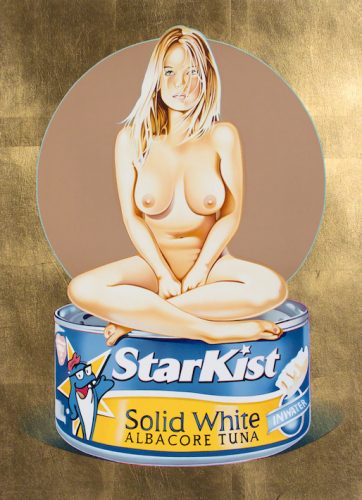 Mel Ramos: Starkist (Gold) »
Mel Ramos: Starkist (Gold) »
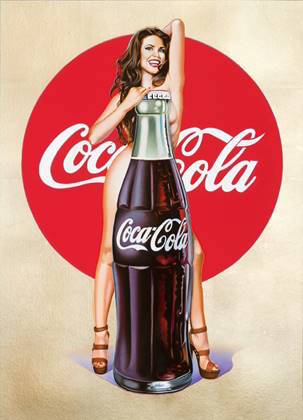 Mel Ramos: Lola Cola #5 (gold) »
Mel Ramos: Lola Cola #5 (gold) »
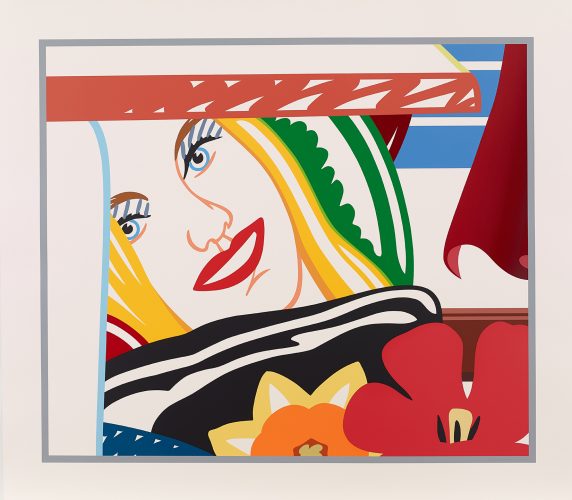 Tom Wesselmann: From Bedroom Painting #41 »
Tom Wesselmann: From Bedroom Painting #41 »
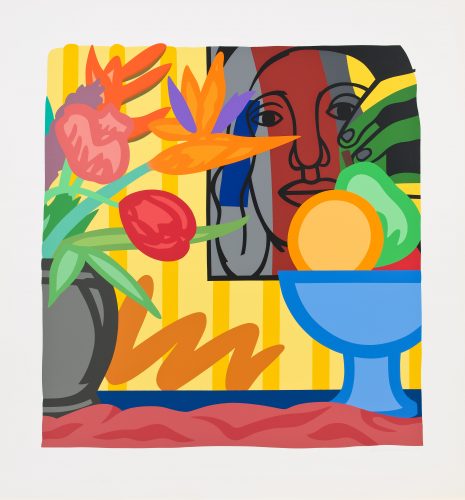 Tom Wesselmann: Mixed Bouquet with Leger »
Tom Wesselmann: Mixed Bouquet with Leger »
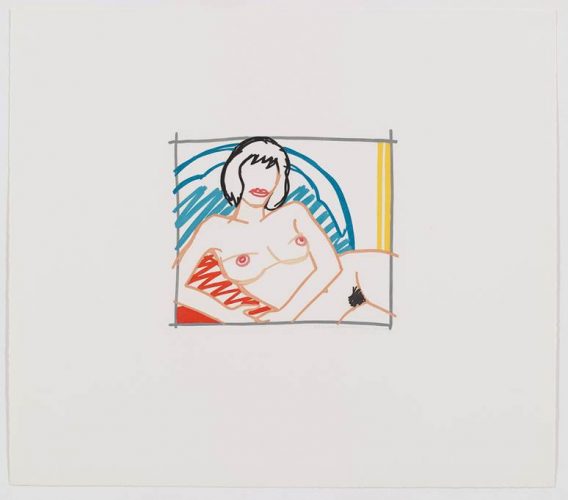 Tom Wesselmann: Monica Nude with Yellow Curtain »
Tom Wesselmann: Monica Nude with Yellow Curtain »
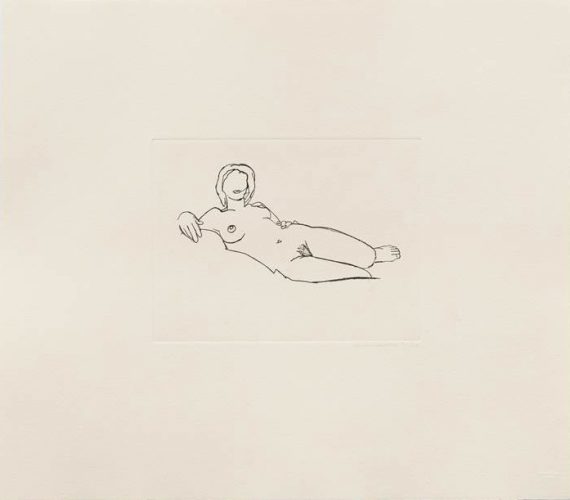 Tom Wesselmann: Monica Reclining (Black) »
Tom Wesselmann: Monica Reclining (Black) »
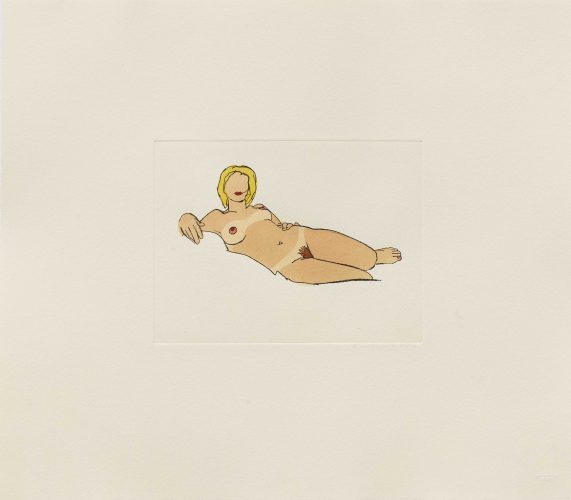 Tom Wesselmann: Monica Reclining (Hand Colored Etching) (Variable) »
Tom Wesselmann: Monica Reclining (Hand Colored Etching) (Variable) »
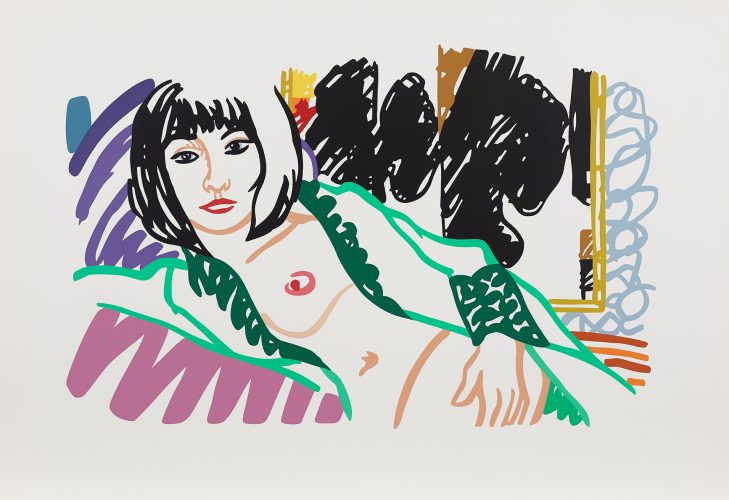 Tom Wesselmann: Monica in Robe with Motherwell »
Tom Wesselmann: Monica in Robe with Motherwell »
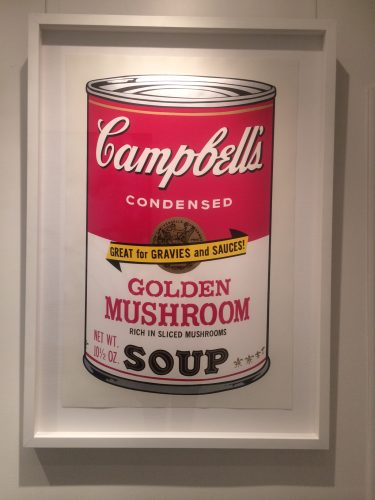 Andy Warhol: Campbell’s Soup II »
Andy Warhol: Campbell’s Soup II »
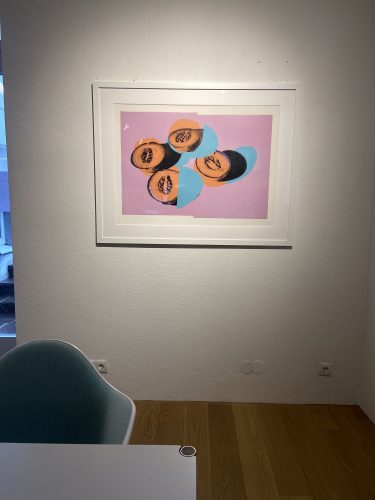 Andy Warhol: Cantaloupes »
Andy Warhol: Cantaloupes »
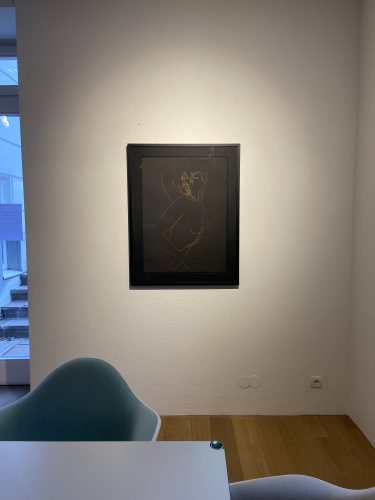 Andy Warhol: Love »
Andy Warhol: Love »
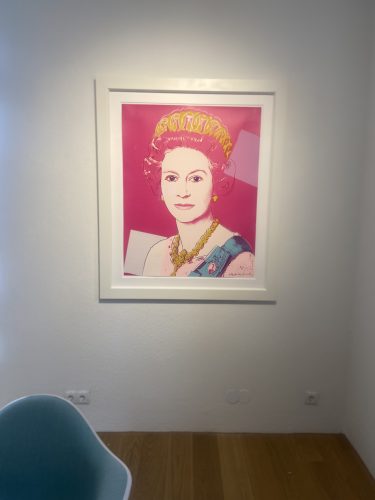 Andy Warhol: Queen Elizabeth II »
Andy Warhol: Queen Elizabeth II »
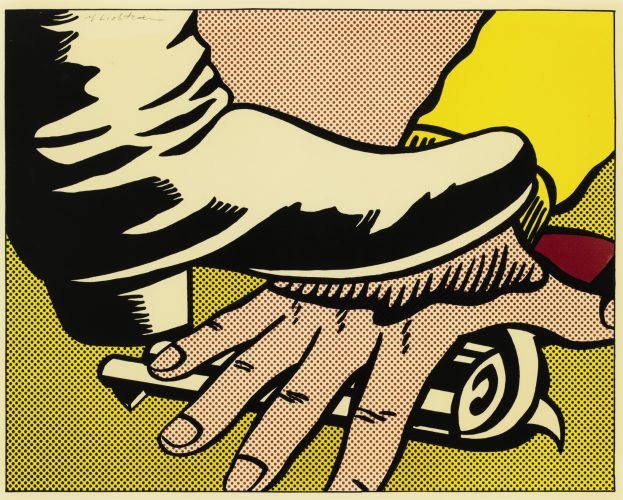 Roy Lichtenstein: Foot and Hand »
Roy Lichtenstein: Foot and Hand »
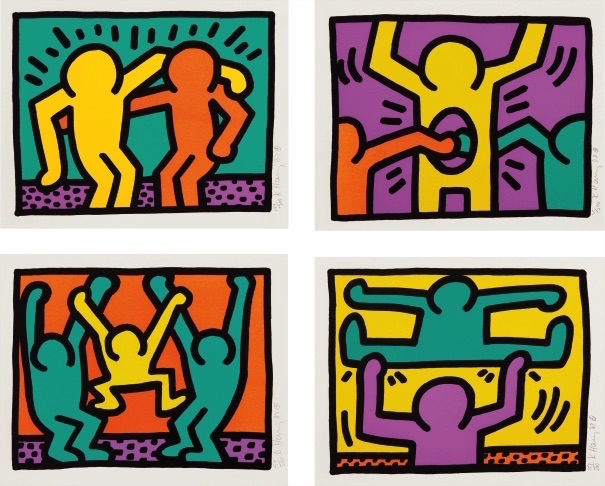 Keith Haring: Pop Shop I »
Keith Haring: Pop Shop I »
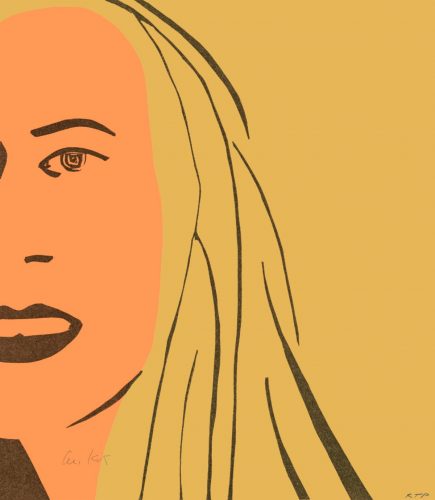 Alex Katz: Ariel 4 »
Alex Katz: Ariel 4 »
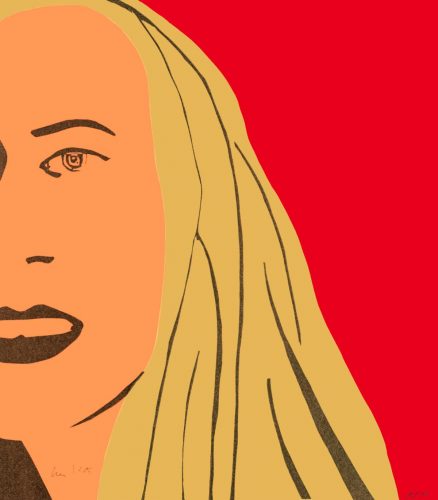 Alex Katz: Ariel 5 »
Alex Katz: Ariel 5 »
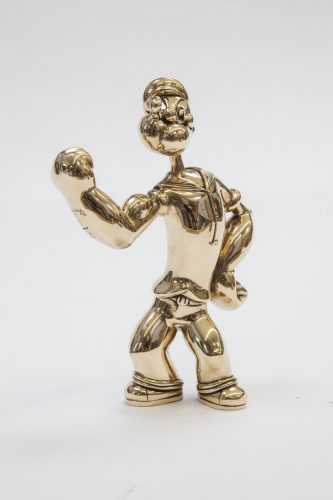 Heiner Meyer: Little Popeye »
Heiner Meyer: Little Popeye »
 Heiner Meyer: Schweinchen Schlau »
Heiner Meyer: Schweinchen Schlau »
